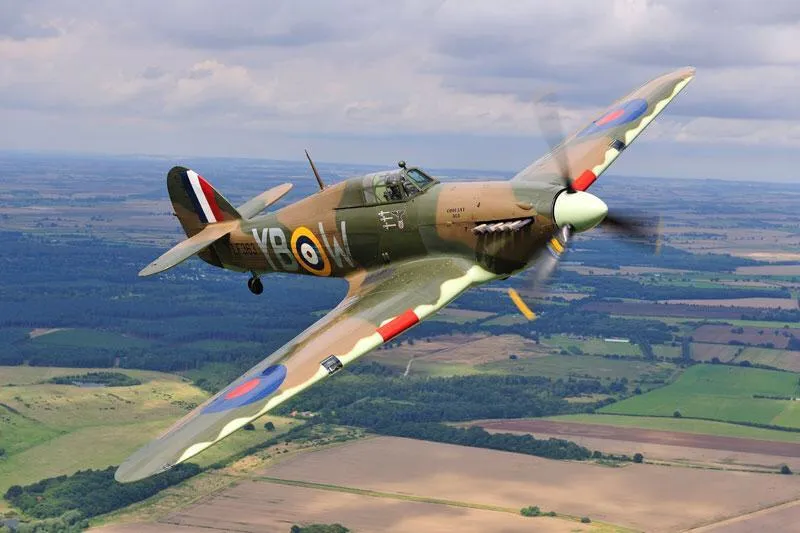87 Sqn RAF Lille-Vendeville airfield, France.
Hurricane I aircraft L 1970 lost during the Battle of France, while escorting Bristol Blenheim bombers attacking bridges in the Maastricht area. Probably shot down by Hptm Adolf Galland of 1 Stab/JG 27. This was claimed as Galland's first victory in air to air combat. According to German sources the intercept happened 10 kilometers west of Liège. Hurricane L 1970 crashed near Oost-Maarland, Eijsden, Limburg, Netherlands.
Flying Officer JA Campbell DFC (RAF)(Can) was killed. Flying Officer Campbell had destroyed four enemy aircraft prior to his death.



